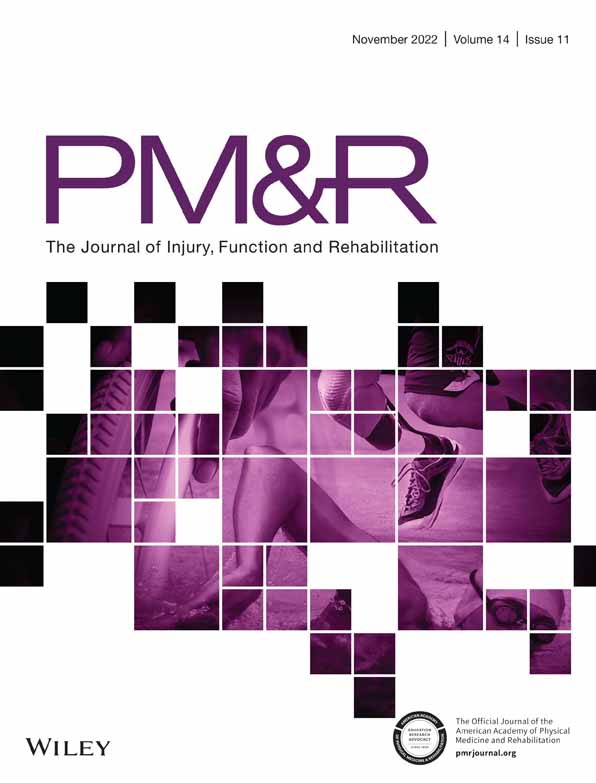Reliability and validity of subjective radiologist reporting of temporal changes in lumbar spine MRI findings
Funding information: This study was funded by an internal Macquarie University Safety Net grant.
Abstract
Background
The importance of lumbar findings on magnetic resonance imaging (MRI) remains controversial. Changes in lumbar MRI findings over time may provide important insights into the causes of low back pain. However, the reliability and validity of temporal changes are unknown.
Objective
To (1) investigate the interrater reliability of subjective radiologist reporting of temporal changes in lumbar spine MRI findings and (2) determine how commonly temporal changes are reported when two scans are conducted 30 minutes apart (considered false positives).
Design
Cross-sectional study.
Setting
Radiology clinic.
Participants
Forty volunteers (mean age 40; 53% female) with current (n = 31) or previous (n = 9) low back pain underwent initial lumbar MRI on a single 3T scanner. Participants then lay on a bed for 30 minutes before undergoing an identical MRI. In addition, we purposely selected five participants from a previous study with repeat lumbar MRI scans where temporal changes were reported in at least one MRI finding (1–12 weeks after initial scan) and another five participants where no temporal change was reported. The 10 participants were included in analyses for aim 1 only.
Interventions
Not applicable.
Main Outcome Measures
Two blinded radiologists reported on temporal changes between the baseline and repeat scan for 12 different MRI findings (eg, disk herniation, annular fissure) at five levels.
Results
The interrater reliability of subjective reporting of temporal changes was poor for all MRI findings based on Kappa values (≤ 0.24), but agreement was relatively high (≥ 90.8%). This is explained by the low prevalence of temporal changes as demonstrated by high values for Prevalence and Bias Adjusted Kappa (≥ 0.82). “False positive” temporal changes were reported by at least one radiologist for most MRI findings, but the rate was generally low.
Conclusions
Caution is required when interpreting temporal changes in lumbar MRI findings owing to low reliability and some false positive reporting.




